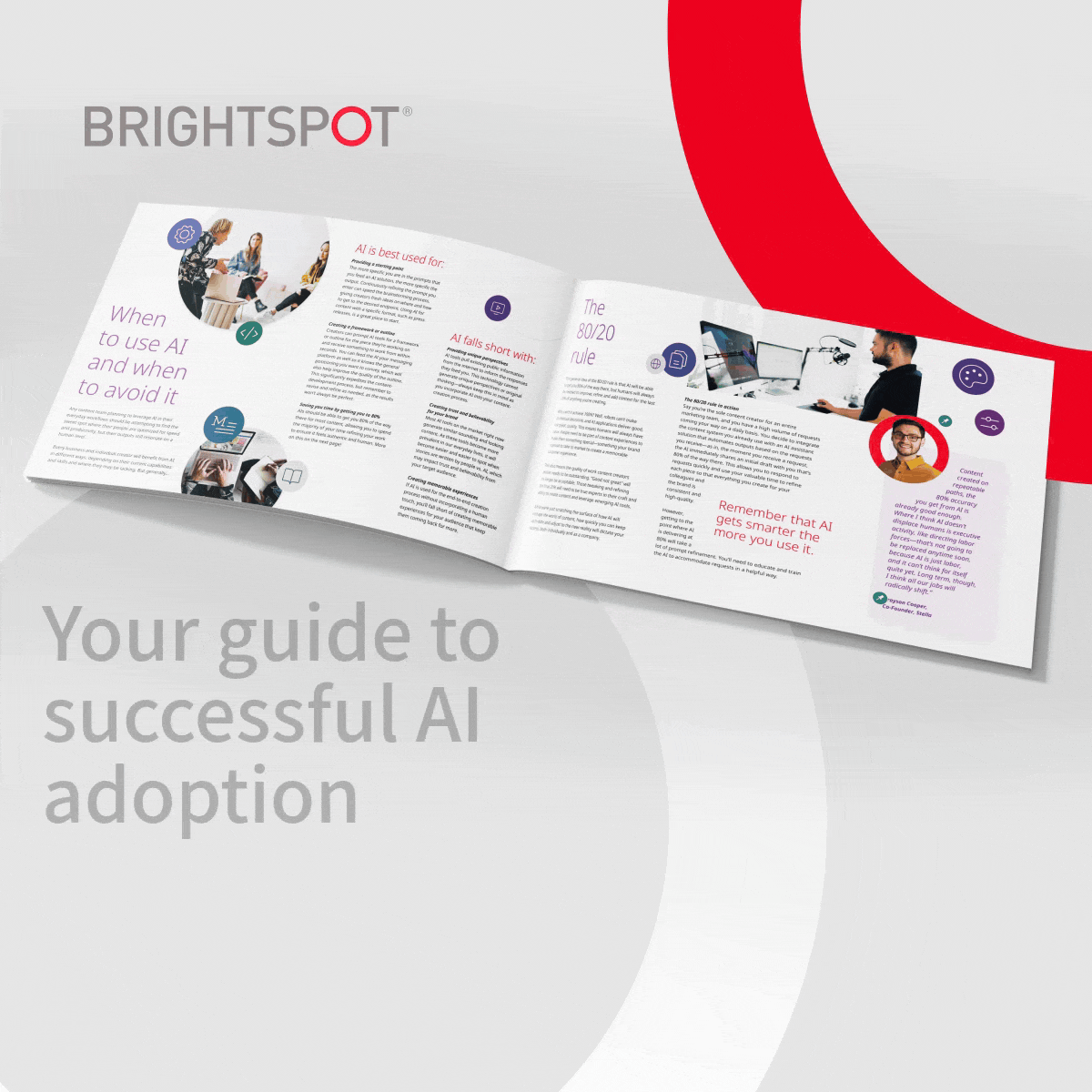Speech emotion recognition (SER) is a technology that can identify the emotion of a speaker by analyzing their speech patterns. It is widely used in a variety of applications, such as human-computer interaction, telemedicine, and mental health diagnosis. The RAVDESS audio dataset is a popular database used to train SER models. This article will provide an overview of SER and explain how to use the RAVDESS audio dataset to develop an SER model.
Introduction
Speech emotion recognition is a growing field of research in artificial intelligence and machine learning. It has a wide range of applications, including voice assistants, chatbots, customer service, and mental health diagnosis. However, developing an accurate SER model requires a large amount of labeled data and expertise in signal processing, feature extraction, and machine learning. The RAVDESS audio dataset is a valuable resource for researchers and developers interested in SER.
What is Speech Emotion Recognition?
Speech emotion recognition is the process of detecting the emotional state of a speaker based on their speech. The emotions that can be recognized include happiness, sadness, anger, fear, and surprise. SER models are typically developed using machine learning algorithms that analyze speech signals and extract relevant features, such as pitch, intensity, and spectral characteristics.
The Importance of Speech Emotion Recognition
SER is important for several reasons. First, it can improve the accuracy and efficiency of human-computer interaction systems. By recognizing the emotional state of a user, a voice assistant or chatbot can provide more personalized and relevant responses. Second, SER can be used in telemedicine to diagnose and monitor mental health conditions, such as depression and anxiety. Third, SER can be used in the entertainment industry to enhance the emotional impact of movies, TV shows, and video games.
Applications of Speech Emotion Recognition
Speech emotion recognition has a wide range of applications. Some of the most common applications include:
- Human-computer interaction
- Telemedicine
- Mental health diagnosis
- Customer service
- Entertainment
- Market research
RAVDESS Audio Dataset Overview
The Ryerson Audio-Visual Database of Emotional Speech and Song (RAVDESS) is a popular audio dataset used for SER research. It contains over 24,000 audio files of actors speaking and singing in a variety of emotional states, including neutral, calm, happy, sad, angry, fearful, and surprised. The dataset also includes demographic information about the actors, such as age, gender, and ethnicity.
Preprocessing the RAVDESS Audio Dataset
Before training an SER model using the RAVDESS audio dataset, it is important to preprocess the data to remove noise and extract relevant features. The preprocessing steps typically include:
- Resampling the audio files to a consistent sample rate
- Removing any silence or background noise
- Segmenting the audio files into smaller frames
- Extracting relevant features from each frame
Feature Extraction
Feature extraction is a critical step in developing an accurate SER model. There are several types of features that can be extracted from speech signals, including:
- Mel frequency cepstral coefficients (MFCCs)
- Pitch
- Intensity
- Spectral characteristics
- Duration
- Prosody
Feature Selection
After extracting the features, it is important to select the most relevant ones for the SER model. This can be done using various feature selection techniques, such as correlation analysis, principal component analysis, and mutual information. The goal is to select features that are highly correlated with the emotional state of the speaker and minimize redundancy.
Model Training and Evaluation
Once the features are selected, it is time to train the SER model. There are several machine learning algorithms that can be used for SER, such as support vector machines, neural networks, and decision trees. The performance of the model can be evaluated using various metrics, such as accuracy, precision, recall, and F1 score.
Choosing the Right Model
Choosing the right model for SER depends on various factors, such as the size of the dataset, the complexity of the problem, and the computational resources available. Deep learning models, such as convolutional neural networks and recurrent neural networks, are commonly used for SER due to their ability to learn complex patterns in speech signals.
Hyperparameter Tuning
Hyperparameter tuning is the process of finding the optimal values for the hyperparameters of the SER model, such as the learning rate, batch size, and number of layers. This can be done using various techniques, such as grid search, random search, and Bayesian optimization. The goal is to find the hyperparameters that maximize the performance of the model on the validation set.
Performance Evaluation
The performance of an SER model can be evaluated using various metrics, such as accuracy, precision, recall, and F1 score. The choice of metrics depends on the specific application of the model. For example, in telemedicine applications, the accuracy of the model in detecting mental health conditions may be more important than its precision or recall.
Challenges in Speech Emotion Recognition
Developing an accurate SER model is not without its challenges. Some of the common challenges include:
- Limited availability of labeled data
- Variability in emotional expression across cultures and individuals
- Noise and distortion in speech signals
- Difficulty in detecting subtle emotional cues
Future of Speech Emotion Recognition
Speech emotion recognition is a rapidly evolving field with many exciting possibilities. Some of the future directions of research in SER include:
- Developing more accurate and robust SER models
- Expanding the scope of SER to include more nuanced emotional states, such as empathy and boredom
- Integrating SER with other technologies, such as virtual reality and augmented reality
- Using SER for personalized mental health treatment and therapy
Conclusion
Speech emotion recognition is a valuable technology with a wide range of applications in human-computer interaction, telemedicine, and entertainment. The RAVDESS audio dataset is a valuable resource for researchers and developers interested in developing SER models. Developing an accurate SER model requires expertise in signal processing, feature extraction, and machine learning, as well as access to a large amount of labeled data.










Leave a Reply